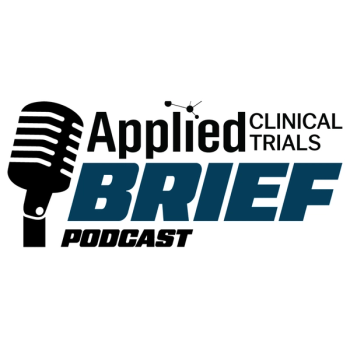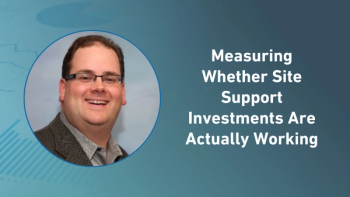
- Applied Clinical Trials-02-01-2015
- Volume 24
- Issue 2
House 'Cures' Proposal Faces Tough Road Ahead
A surge in review activity at the FDA in December resulted in a near-record approval of 41 new drugs and biologics last year, the most since a record 56 approvals in 1996.
The "discussion draft" for legislation to speed "21st Century Cures" to patients emerged very quietly on Capitol Hill recently, muted by an absence of bipartisan support which had generated considerable enthusiasm for this effort to promote biomedical research and streamline regulation.
The massive document (nearly 400 pages) offered by House Energy & Commerce Committee chairman Fred Upton (R-Mich) includes just about every Republican reform proposal offered in recent years, including a number of changes in the FDA approval process likely to dismay agency leaders. Rep. Frank Pallone (D-NJ), E&C ranking Democrat, issued a statement expressing disappointment with the proposal, and Rep. Diana DeGette (D-Colo), titular co-chair of the Cures initiative, withheld her endorsement, but left the door open to reaching bipartisan consensus.
While analysts continue to examine the specifics of the draft plan, a general objection is that it offers no new funding to support the multiple programs and mandates added to FDA's already overloaded agenda. Similarly, numerous changes in National Institutes of Health (NIH) operations without expanded resources are generating protests from the research community. Health and biopharma organizations issued statements voicing the usual support for the effort, but clearly lacked enthusiasm.
More pointed protest came from the Generic Pharmaceutical Association (GPhA), which said it was "deeply disappointed" with proposals in the draft plan to boost market exclusivity for certain new therapies. GPhA predicted that these changes would erode generic drug utilization and savings by upsetting "the important balance between creating competition and encouraging innovation in the pharmaceutical marketplace." One area where there may be agreement is to use incentives to spur development of antibiotics, a goal championed by all sides and recently backed by President Obama. And some generics makers could support a provision offering extended exclusivity for "American-manufactured" generics and biosimilars.
The something-for-everyone document contains several provisions to revise clinical trial operations (revise human subject protections) and research methods (encourage adaptive trials, Bayesian methods). Compassionate access to not-yet-approved therapies for severely ill patients also gets a nod. Here, the legislators want to require pharma companies to be more "transparent" regarding expanded access programs and look to a new task force to recommend further reforms of FDA's expanded access process.
Articles in this issue
over 10 years ago
AdTestalmost 11 years ago
Pressure Mounts for Central IRBsalmost 11 years ago
Terrorist Attacks Have No Impact on EuroMeeting, Says DIAalmost 11 years ago
Properly Assessing Quality in Clinical Trialsalmost 11 years ago
Exposing Patients to the Bigger Mobile and Digital Health Picturealmost 11 years ago
Key Strategies in Sustaining the Investigator Poolalmost 11 years ago
The Remote Patient-Centered Approach in Clinical Researchalmost 11 years ago
Risking it All? Going All in on RBM Adoptionalmost 11 years ago
Closing in on Opportunities to Simplify Protocol Designalmost 11 years ago
Integrated Clinical Research Systems: A Chance to ReinventNewsletter
Stay current in clinical research with Applied Clinical Trials, providing expert insights, regulatory updates, and practical strategies for successful clinical trial design and execution.




